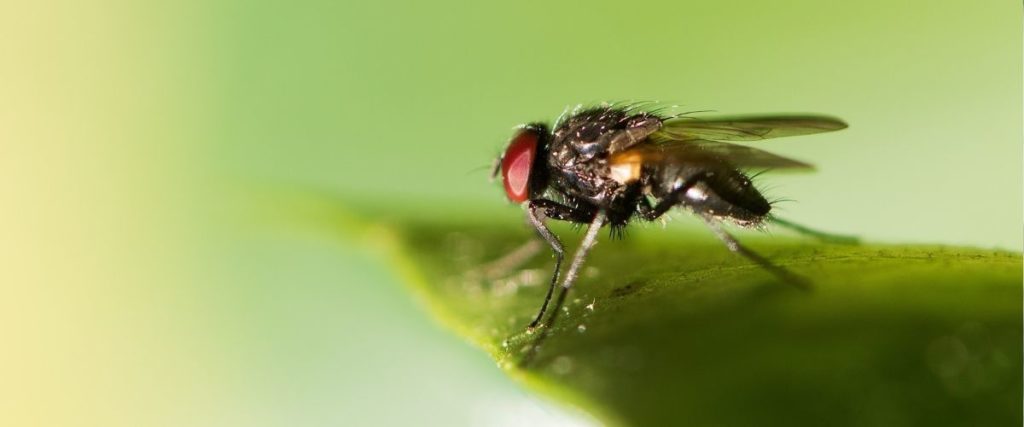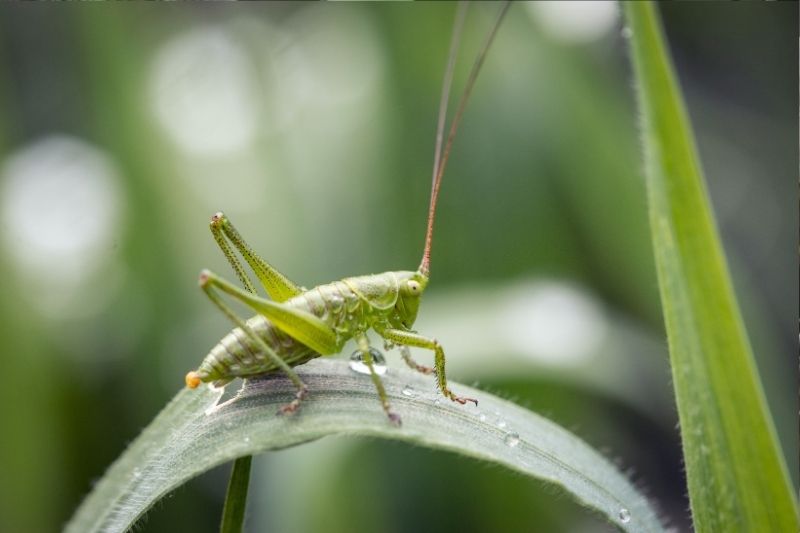The insect farming industry is set to grow at a rate of 27.8% annually, providing cheap, sustainable animal feed – and even protein for human consumption.
The insect protein industry could be worth USD 7.96 billion by 2030, according to a Meticulous Research report. Already, insect farming is seen as a promising and valuable source of sustainable protein for animal feed, and creates useful by-products that can be used as fertiliser and material for medical purposes.
While the concept of insect agriculture may seem foreign to the average person, the industry is predicted to grow rapidly at a CAGR of 27.8%. In response, agricultural technology (agritech) startups have seized upon the concept, refining the efficiency and cost-effectiveness of insect farming – or “minilivestock” farming.
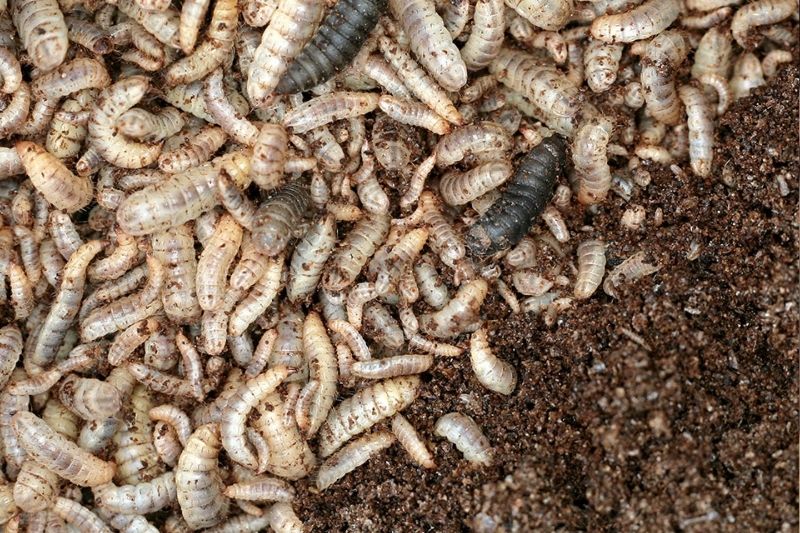
The nascent industry’s rapid growth has also attracted significant investor interest in the past three years – McDonald’s, LA venture capitalist firm Upfront Ventures, and even Robert Downey Jr.’s Footprint Coalition have stakes in the market, having provided capital to drive further growth in the industry.
Wissam Adli, the Managing Partner at Hong Kong based, VC firm Honey Capital, commented, “There is a massive opportunity to disrupt the USD 400 billion global animal feed and pet food markets as conventional protein sources like soy and fishmeal put pressure on our natural resources and have reached the boundaries of sustainable production.”
Hive Founder and serial entrepreneur Constant Tedder’s newest venture – agri-tech startup FlyFarm, grows black soldier fly larvae for pet food as well as poultry and fish feed. FlyFarm in 2019/20 secured USD 1.2 million in seed funding to develop their highly automated cloud-connected pilot farm in Brisbane, Australia where the livestock industry contributes AUD 31 billion (USD 22 billion) to the national economy annually. Rumour has it that FlyFarm is close to closing a USD3m Pre Series A round to continue it’s expansion.
Leading French agritech firm Ynsect secured further Series C funding, bringing their total funding to USD 372 million – one of the largest investments in the industry. The company, which currently operates in Europe and Asia, has ambitions to build the largest insect farm in the world by 2022 and expand into the United States.
Previously the largest raise was achieved by SA-based AgriProtein which was once dubbed as one of the “Top 10 Disruptors to Watch” by the Sunday Times. The firm raised nearly USD 123 million, early on, focusing heavily on waste management as the core business, but came unstuck building a factory in California, where constructions costs got out of control.
How Does Insect Farming Work?
Insect farming involves breeding, rearing and harvesting insects for animal feed, human consumption, pharmaceutical and cosmetic uses. Commonly farmed insects include crickets, mealworms, and the black soldier fly.
In particular, insect farming has huge potential for animal feed, providing a higher-quality, protein-rich substitute for existing, unsustainable wild catch fish protein. For instance, fish meal can be replaced by meal made from fly larvae as they both have similar amino acid composition.
Insects can also be used for medicinal purposes as well. A giant cockroach farm in Sichuan, China breeds and harvests cockroaches in a sterile environment to create an oral medicine that has been found to cure stomach pain and speed up healing for burns.
Insects are also bred and sold for human consumption. Entomophagy, namely the practice of eating insects, has been around throughout our evolutionary history. In modern times, however, some insects have also been touted as a superfood. For example, crickets are ground up into pasta or used to make protein powder, marketed as a nutritional supplement that elevates the quality of food. In some countries, harvested bugs are also sun-dried or freeze-dried.
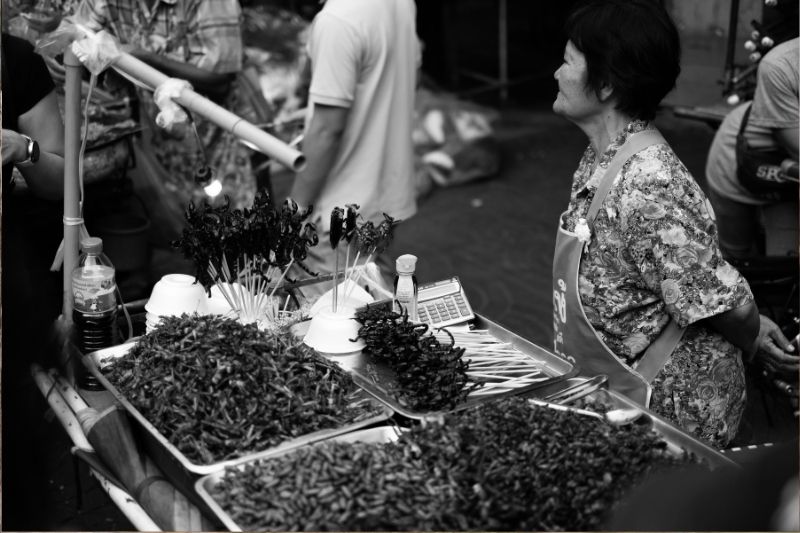
Is Insect Farming Sustainable?
Insect farming is incredibly sustainable by virtue of its low ecological footprint, accessible nature and high nutritive value. It is widely acknowledged that insects require fewer resources, including land and water, to farm and are able to convert low-quality organic waste into protein-rich end products suitable for animal or human consumption.
Insect farming produces significantly less carbon dioxide and the insects contain a good amount of minerals and vitamins. Ynsect claims their new factory will grow insect protein with negative emissions. The UN has even promoted insects as a key future sustainable food source.
In light of climate change, pressing food security issues and a looming environmental crisis, insect farming looks to be a hugely viable – and sustainable – solution, albeit one that requires substantial capital investment to get started.
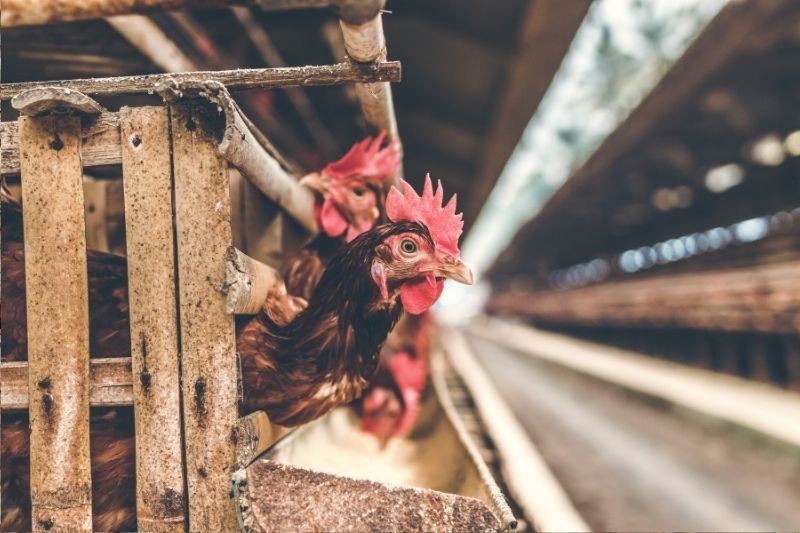
What are the Benefits of Farming Insects Over Traditional Livestock?
Insect farming is preferable to traditional livestock farming due to its higher feed conversion ratio. According to the UN, “crickets need six times less feed than cattle, four times less than sheep, and twice less than pigs and broiler chickens to produce the same amount of protein.”
Black soldier flies are also well-known for having a much more efficient feed conversion rate. In fact, 10 kilograms of feed are needed to produce one kilogram of beef. In comparison, only 1.5 kilograms of feed is required to produce one kilogram of black soldier fly larvae, making the process over six times more efficient.
Furthermore, traditional livestock practices are much more difficult to scale up: on average, cows produce a single calf every 400 days, whereas black soldier flies can lay up to 500 eggs at a time. The high reproduction rate and shorter life cycle of insects mean that insect farming firms can rapidly accelerate production as needed to meet demand.
From an animal welfare perspective, insect farming also induces far less stress on the livestock, since insects, by nature, tend to prefer small, dark spaces. Hence, the amount of induced animal stress is negligible, in comparison to traditional livestock.
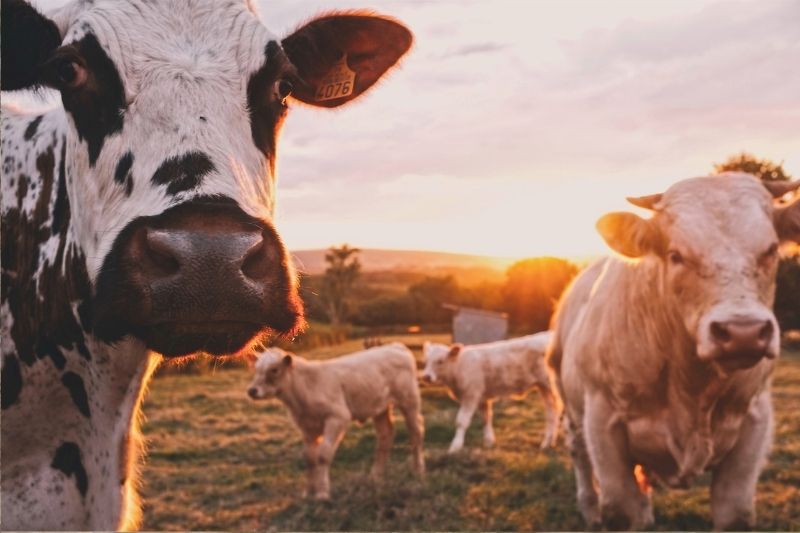
Wrapping Up
Insect agriculture, while unorthodox, has the potential to be a huge growth industry, producing sustainable protein. However, it still has a myriad of challenges to confront. While plant-based meat companies such as Impossible Foods and Beyond Meat are expanding at an impressive rate, insect farming investors are grappling with scaling up. Agritech companies need to make use of robotics, IoT and cloud-based software together with AI algorithms in order to streamline processes, cut operating costs, and attain commercial success.
The industry also has to overcome Western stigma – insects are often characterised as unhygienic, unfamiliar, and unappetizing. However, as startups come up with new and innovative ways to integrate insects into more familiar packages, such as granola bars, cricket flour, and protein powder, the industry has a real chance of changing the food industry as we know it.
Related Articles
Crickets Could Be The Next Superfood, According to Australian Startup Hoppa
